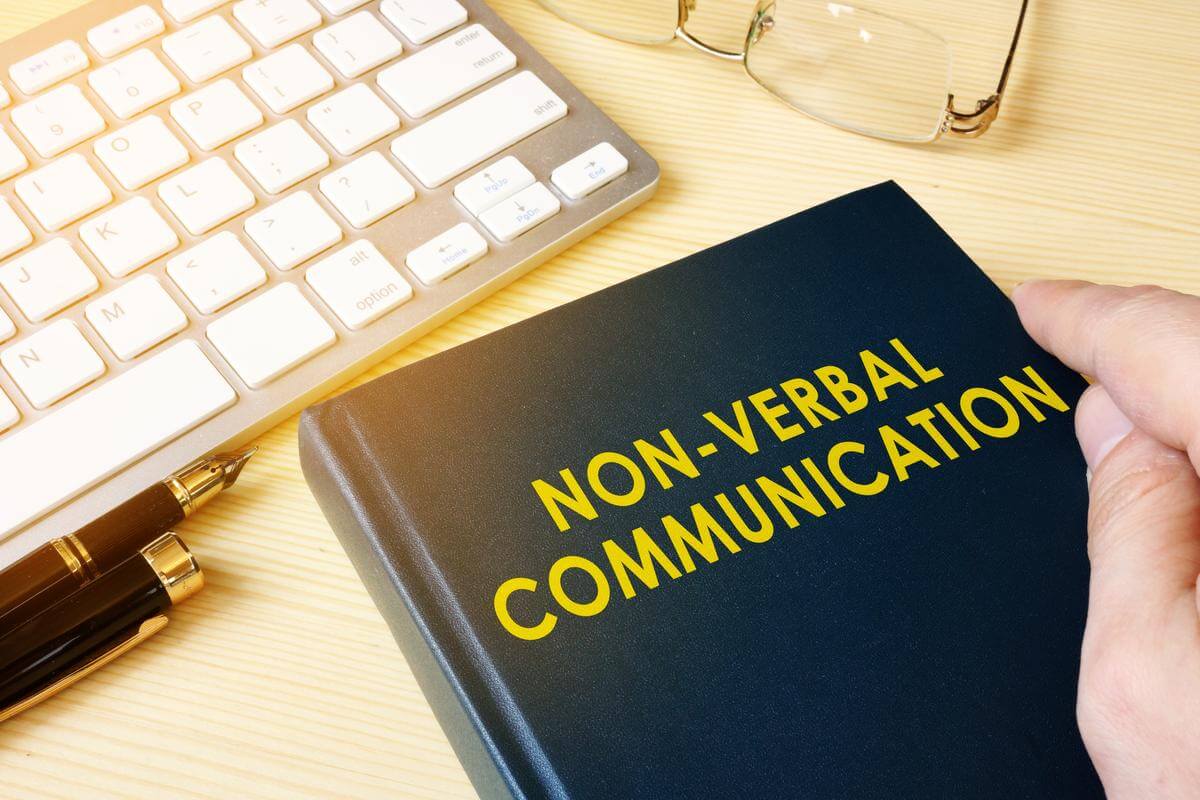
Communication is a crucial way of conveying messages and exchanging information between individuals. It helps to build and maintain relationships, create understanding, and start constructive dialogue. Communication involves much more than just words; it also includes nonverbal communication, which plays a fundamental role in how we communicate with others. Nonverbal communication encompasses a range of behaviours and cues that can convey a variety of messages and emotions. In this blog post, we will explore the importance of nonverbal communication in communication.
The Importance Of Nonverbal Communication In Communication
Nonverbal communication makes up a significant proportion of our overall communication. It is estimated that around 55% of all communication is conveyed through nonverbal cues, such as facial expressions, posture, and body language, indicating that it is a crucial component of any communication process. Nonverbal communication can provide rich insights and information about the thoughts and feelings of the person you are communicating with, helping you to interpret and respond to their message effectively. This makes it a vital tool in any communication situation, and understanding its importance can enable you to become a more effective communicator.

Body Language And Facial Expressions
Body language refers to the messages that are conveyed through the movement and positioning of your body. It can encompass several gestures, postures, and facial expressions, which can convey a variety of messages and emotions. A significant benefit of nonverbal communication is that it can provide cues about another person’s emotional state, enabling you to recognise how they feel. For instance, crossed arms signify defensiveness, indicating that the person may be closed off to your message. Similarly, slumped shoulders convey a lack of confidence, while an open and relaxed posture imparts openness and confidence.
Alongside body language, facial expressions can communicate a lot about how someone is feeling. Facial expressions can convey a range of emotions, from happiness to sadness, anger to surprise. Picking up on these cues can give you the tools to understand what the person you are communicating with is feeling, and reacting to that emotion accordingly.
Gestures And Postures
Gestures and postures are several types of nonverbal communication that are used alongside body language and facial expressions. Gestures are the movements of your arms, hands, and fingers, and they can communicate different messages and emotions. For example, pointing can indicate direction, while waving goodbye indicates farewell. Postures refer to the orientation of your body and how you hold yourself, which can convey different messages of confidence, assertiveness, or reticence.
Eye Contact
Eye contact is also a significant factor in nonverbal communication. It can signify confidence, sincerity, and interest, but it can also indicate distrust, dishonesty, or disinterest. Notably, eye contact can also be a symbol of respect, particularly in some cultures where it is seen as essential in establishing trust and rapport.

Tone Of Voice
In addition to body language, facial expressions, and gestures, the tone of voice can communicate much about how a speaker is feeling. Tone of voice refers to the way in which a message is conveyed, encompassing the pitch, speed, and volume of your voice. Changing the tone of your voice can, in turn, alter the meaning of a message or how it is received. For example, a loud and aggressive tone can be perceived as confrontational, while a calm and gentle tone can be seen as reassuring.
Proximity And Personal Space
Proximity and personal space refer to the physical distance between individuals, which can also communicate messages about their relationship, status, or intent. For example, standing too close to someone may indicate a lack of respect for their personal space, while standing too far away may indicate disinterest or distrust.
Cultural Differences
Cultural differences in nonverbal communication can also impact communication. This includes variations in body language, facial expressions, gestures, and intonation that can convey different meanings depending on the culture or context. For instance, in some cultures, direct eye contact is seen as confrontational, while in others, it is seen as a sign of respect.

How To Improve Nonverbal Communication Skills
Improving your nonverbal communication skills requires you to become more conscious of your body language, facial expressions, gestures, tone of voice, and proximity to others. Here are some strategies to improve your nonverbal communication:
– be aware of your body language and the signals you are sending.
– practice active listening, which can help you pick up on nonverbal cues from others.
– use eye contact appropriately, depending on the context and culture.
– pay attention to your tone of voice and how it might be perceived by others.
– practice effective communication in different contexts to improve your nonverbal skills.
Nonverbal communication plays a significant role in how we communicate with others, and it is essential to understand its relevance in communication. Body language, facial expressions, gestures, eye contact, proximity, tone of voice, and cultural differences all contribute to how we communicate with others. Improving our nonverbal communication skills requires a conscious effort to become more aware of our behaviours and the messages we are sending. By developing our nonverbal skills, we can become more effective communicators, connecting with others on a deeper level and creating more significant understanding and rapport.
